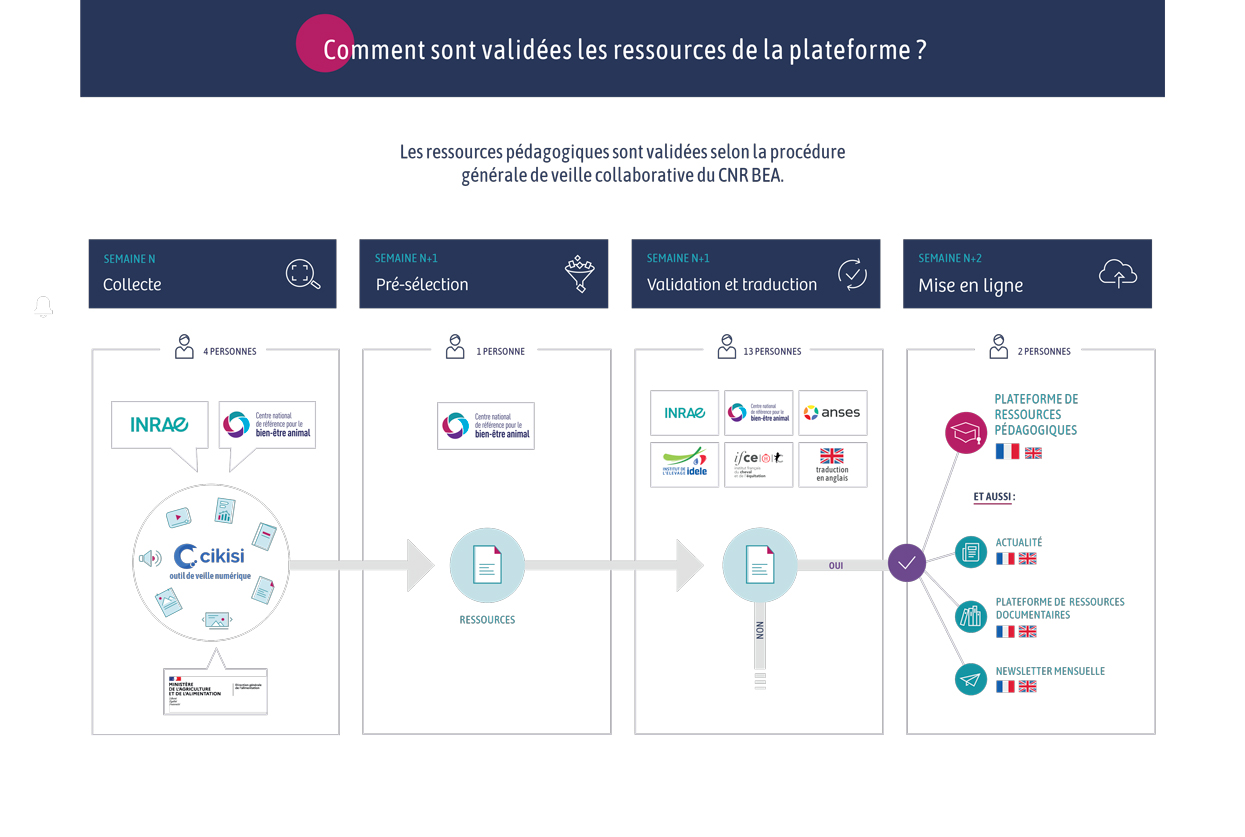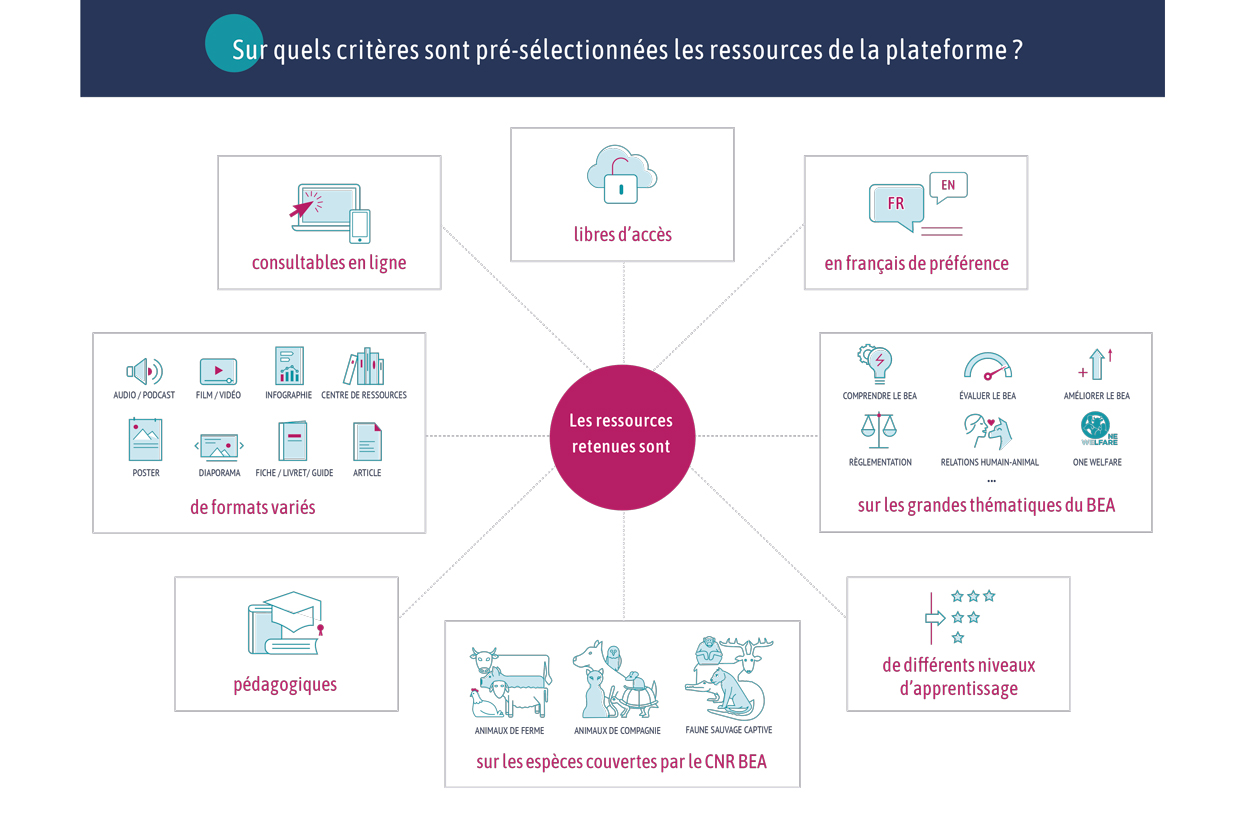Document type : Online pre-publication of scientific review in Biological Reviews
Author: Luke Hecht
Preview: Wild animals experience different challenges and opportunities as they mature, and this variety of experiences can lead to different levels of welfare characterising the day-to-day lives of individuals of different ages. At the same time, most wild animals who are born do not survive to adulthood. Individuals who die as juveniles do not simply experience a homogeneous fraction of the lifetimes of older members of their species; rather, their truncated lives may be characterized by very different levels of welfare. Here, I propose the concept of welfare expectancy as a framework for quantifying wild animal welfare at a population level, given individual-level data on average welfare with respect to age. This concept fits conveniently alongside methods of analysis already used in population ecology, such as demographic sensitivity analysis, and is applicable to evaluating the welfare consequences of human interventions and natural pressures that disproportionately affect individuals of different ages. In order to understand better and improve the state of wild animal welfare, more attention should be directed towards young animals and the particular challenges they face.






